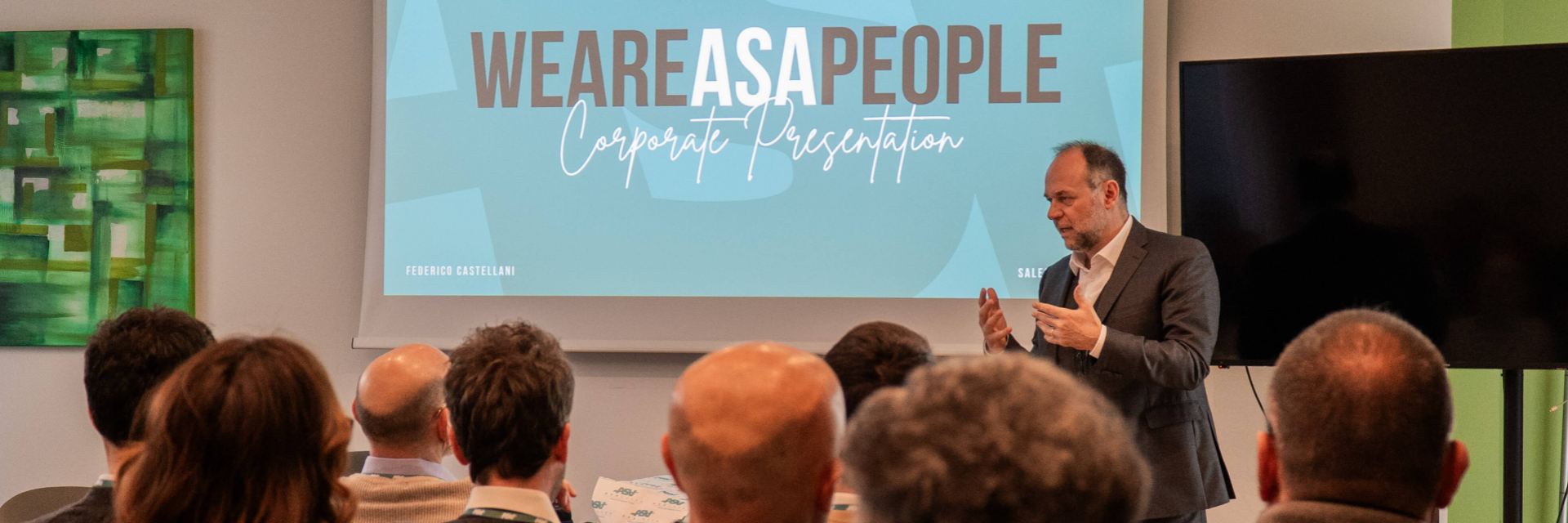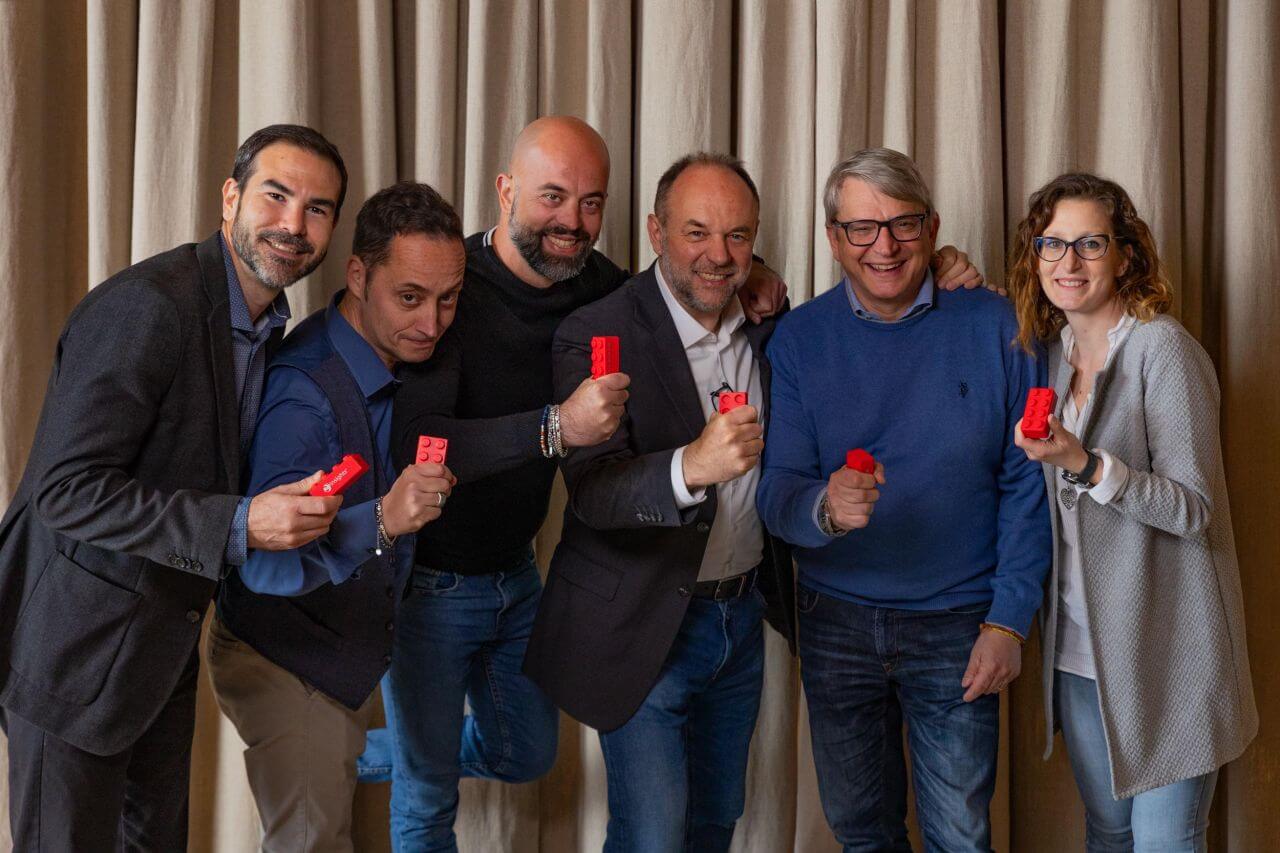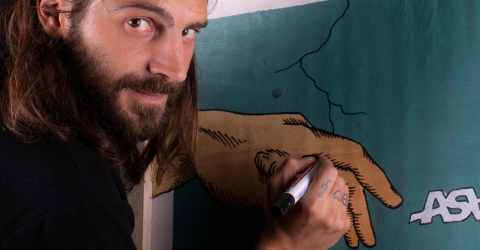A challenge this that had developed several years beforehand by the previous management, aware of the need to change the now consolidated corporate paradigms to achieve new development objectives. Choosing a manager who had significant international experience in managing highly structured realities, characterised by complex dynamics, was the right solution.
Damiano, it is no small responsibility that you have taken on, given that ASA already is a solid and profitable reality…
The challenge is precisely this: on the one hand the need to grow to remain a reference player in a global market and on the other the desire to maintain the already valuable results achieved by the previous management, through the progressive introduction of new innovative technological tools and at the same time of organisational methods that are now available and can be calibrated even on medium-sized companies like ASA. Thanks to the work done by those who preceded me, here it is not a question of revolutionising everything but of activating an evolutionary process to keep up with the times, which emphasises the valorisation and empowerment of our internal professional figures, many with excellent skills and consummate experience, but above all the awareness of their direct responsibility for company events, acknowledging both that they have direct management of their work and the centrality of their role. In order for ASA to grow not only in size but also in efficiency and performance, I immediately recognised the need to shift from the classic “directive management” style to a more modern and structured “management and control” style that, using adequate support and coaching tools, progressively develops the appropriate leadership and downward delegation skills in the management team.
The first step in this virtuous circle was to intercept or confirm the leading figures to be put in the front line.
Not a difficult job, because as I have already said, ASA’s human capital is rich in skills and abilities, but it also has an inherent desire to grow and improve. Giving them “weight and space” is equivalent to seeing their energy and creativity unleash, which of course always make the “big difference” in any company project, whether large or small.
An involvement that goes hand in hand with the need to create teams capable of interfacing in a fluid and effective way.
Creating a common language for the entire company is always a great undertaking: members of the different departments love to use their own “jargon”, but in these uncertain times of VUCA (Volatility, Uncertainty, Complexity, Ambiguity), in order to master the growing complexity it is much more important that there should also be “protocols” for exchanging information with the other departments and that they should be consolidated and equally understandable. A sort of “corporate Esperanto” that is understood and spoken by all ASA resources, without distinction of role or sector, essential to obtain a more functional and effective interaction to achieve our objectives.













